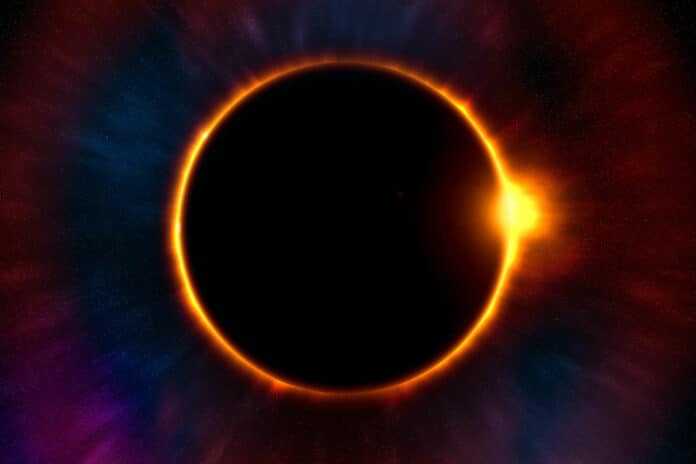There are three types of neutrinos: spin, no electric charge, and small masses. They do not interact with a photon at classical levels.
But, a new study at Hokkaido University has revealed that neutrinos can interact with photons in ways not previously detected. These findings are essential for understanding the quantum mechanical interactions of some of the most fundamental particles of matter.
Kenzo Ishikawa, Professor Emeritus at Hokkaido University, said, “Under normal ‘classical’ conditions, neutrinos will not interact with photons. We have revealed, however, how neutrinos and photons can be induced to interact in the uniform magnetic fields of the extremely large scale—as large as 103 km—found in the form of matter known as plasma, which occurs around stars.”
Because plasma is an ionized gas, all of its atoms have either an excess or a lack of electrons, resulting in negatively or positively charged ions as opposed to the neutral atoms that can exist under normal Earth conditions.
The interaction described by the researchers involves a theoretical phenomenon called the electroweak Hall effect. The electromagnetic and weak forces—nature’s fundamental forces—interact with electricity and magnetism to form the electroweak force. It is a speculative idea that is only predicted to work in collisions in particle accelerators or the extremely high energy circumstances of the early cosmos.
The Lagrangian, a mathematical description of this unanticipated neutrino-photon interaction, has been derived through research. Everything currently known about the system’s energy states is described here.
Ishikawa said, “In addition to its contribution to our understanding of fundamental physics, our work might also help explain something called the solar corona heating puzzle.”
“This is a long-standing mystery concerning the mechanism by which the outermost atmosphere of the sun—its corona—is at a much higher temperature than the sun’s surface. Our work shows that the interaction between neutrinos and photons liberates energy that heats the solar corona.”
“We now hope to continue our work in search of deeper insights, especially in connection with energy transfer between neutrinos and photons under these extreme conditions.”
Journal Reference:
- Kenzo Ishikawa, Yutaka Tobita. Topological interaction of a neutrino with the photon in a magnetic field — Electroweak Hall effect. Physics Open. August 12, 2023. DOI: 10.1016/j.physo.2023.100174
